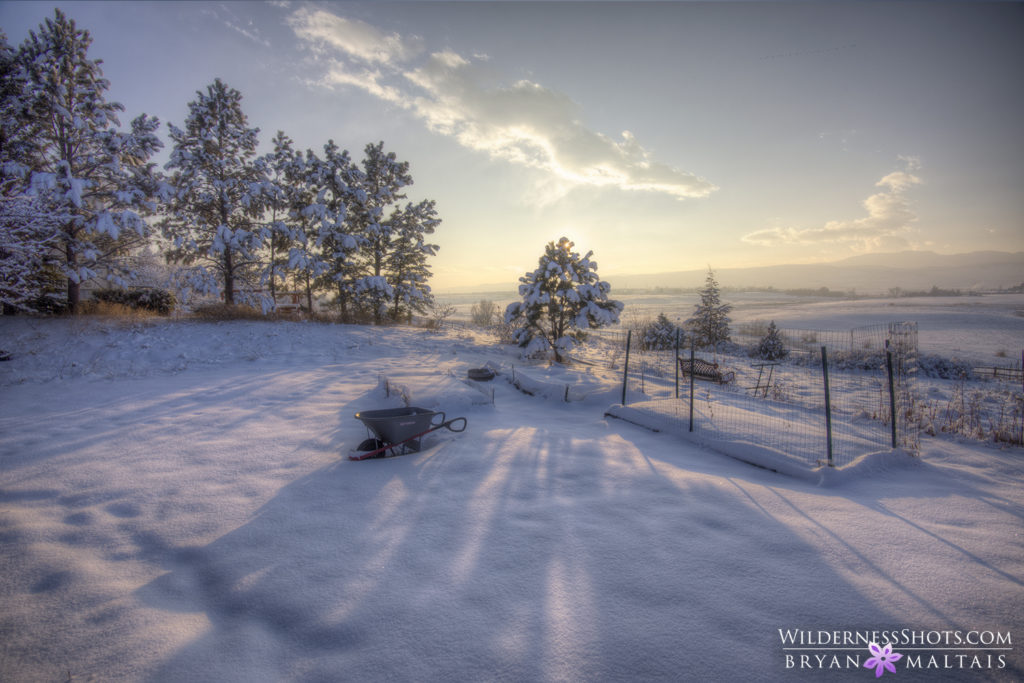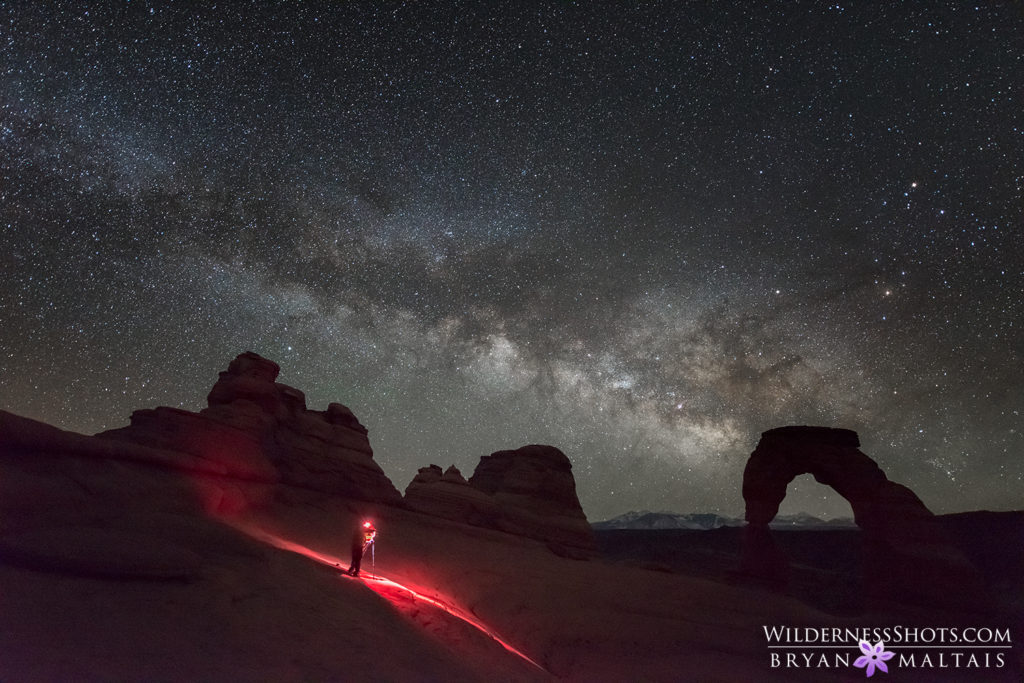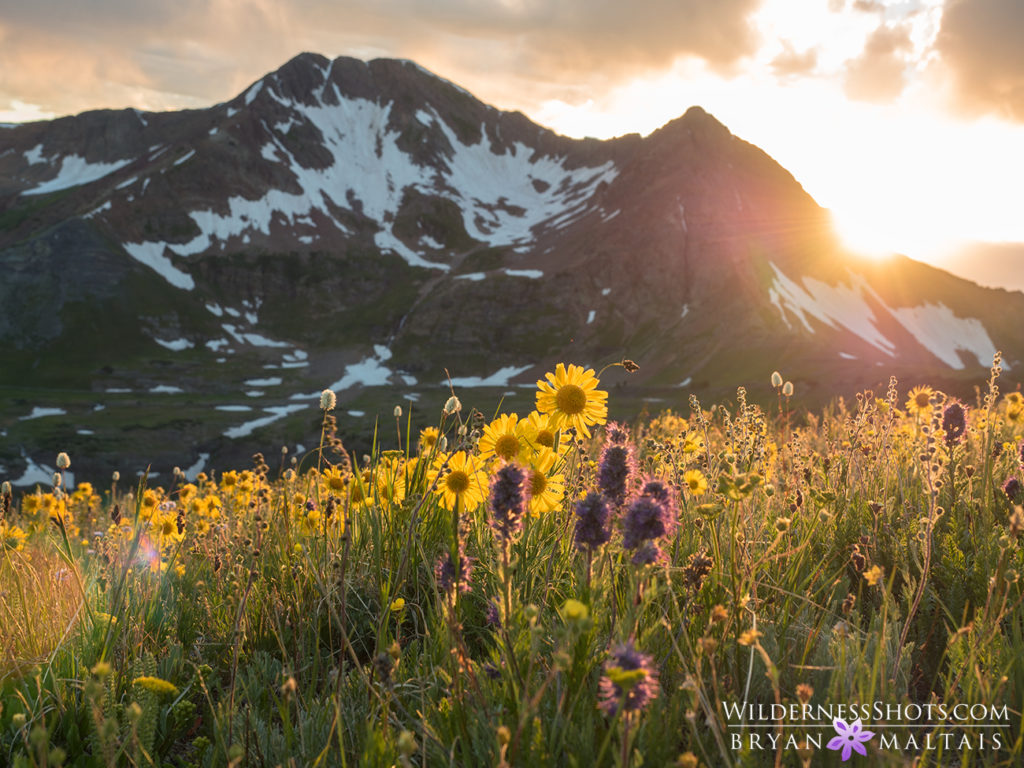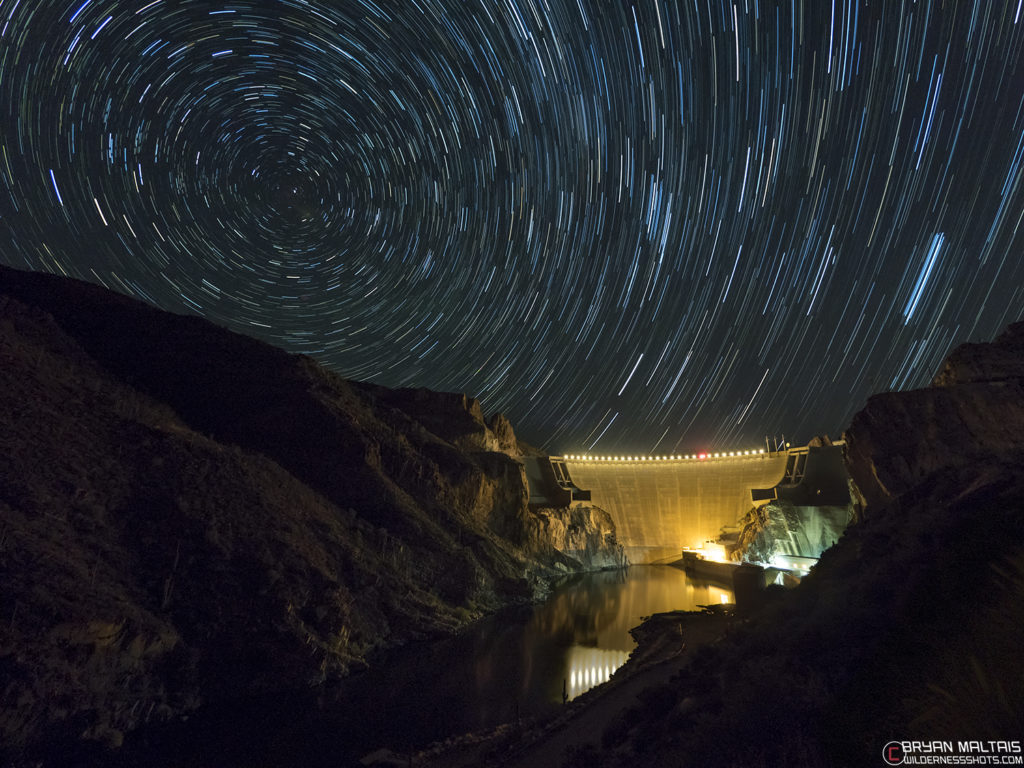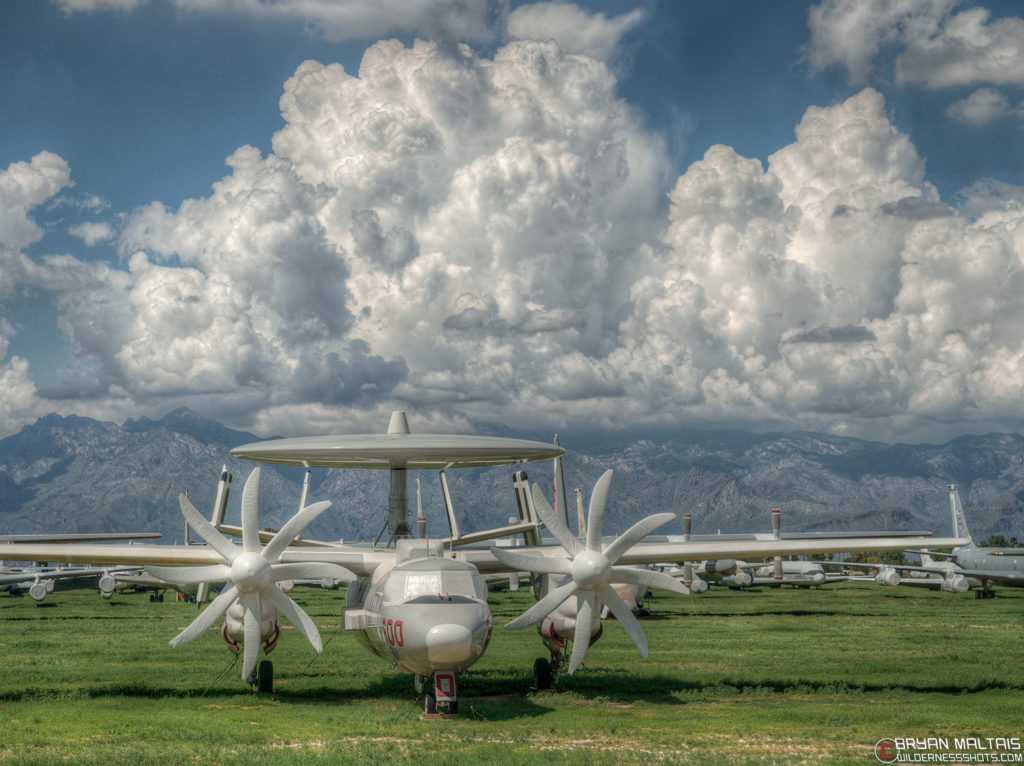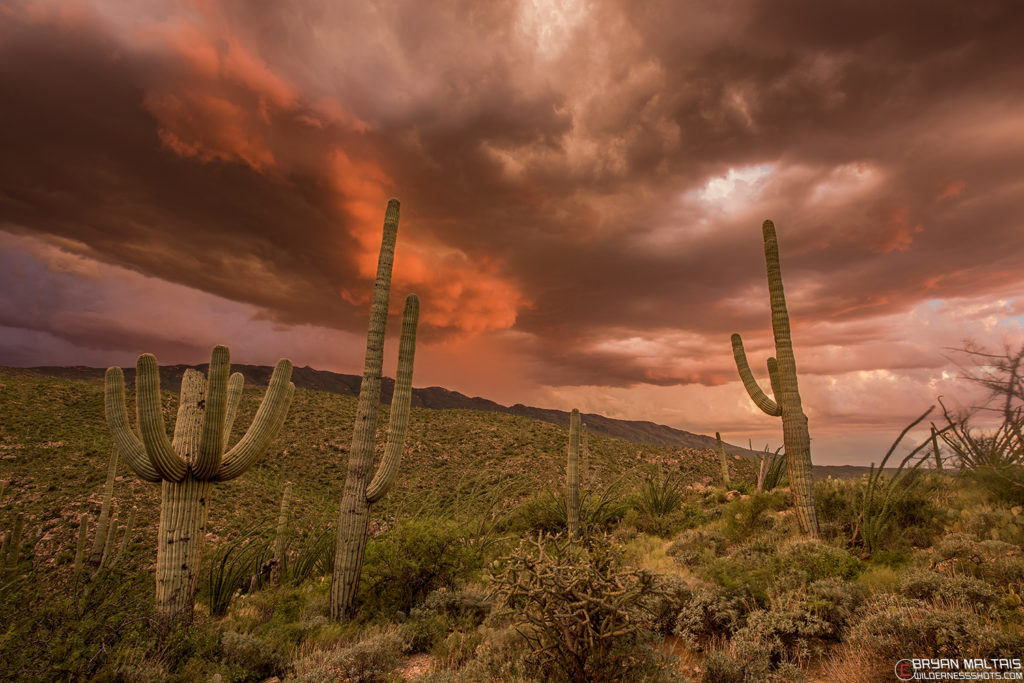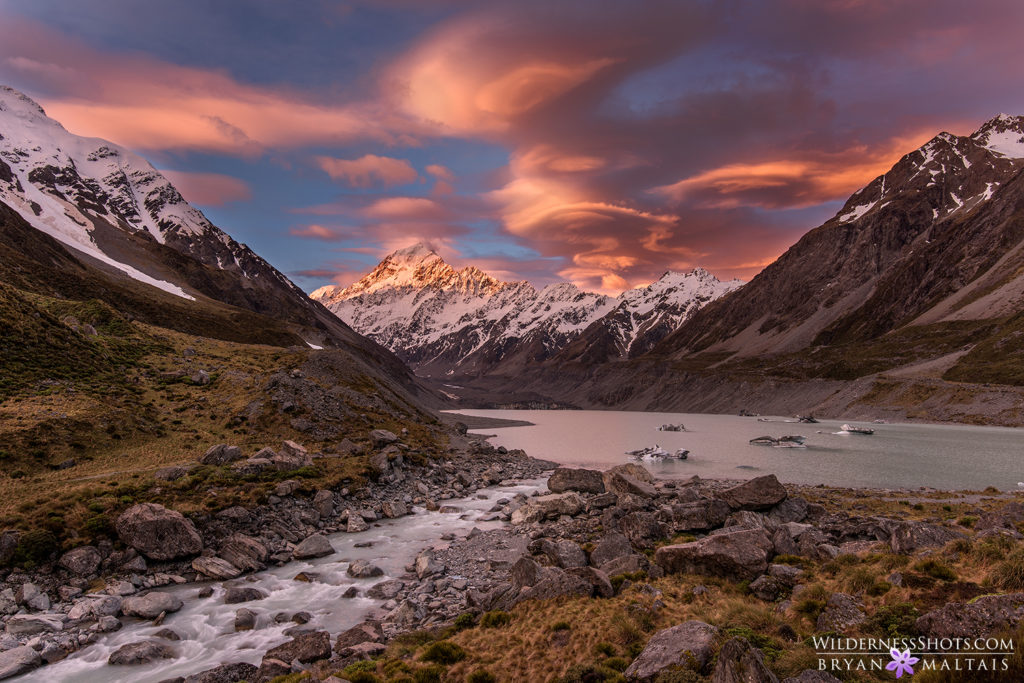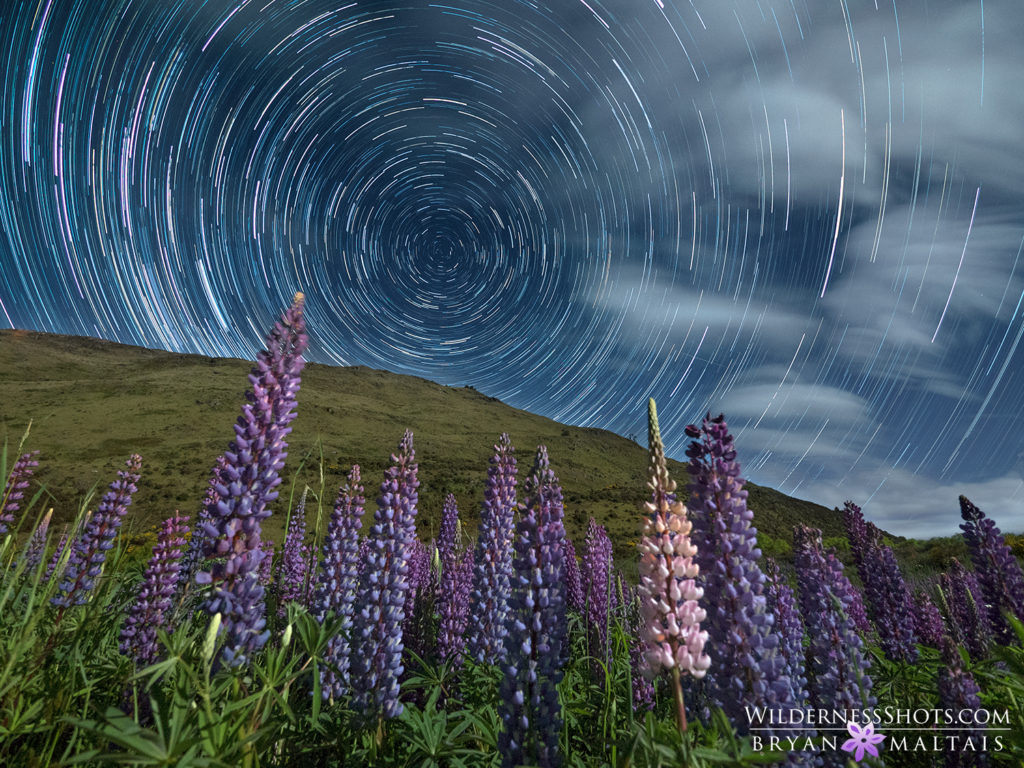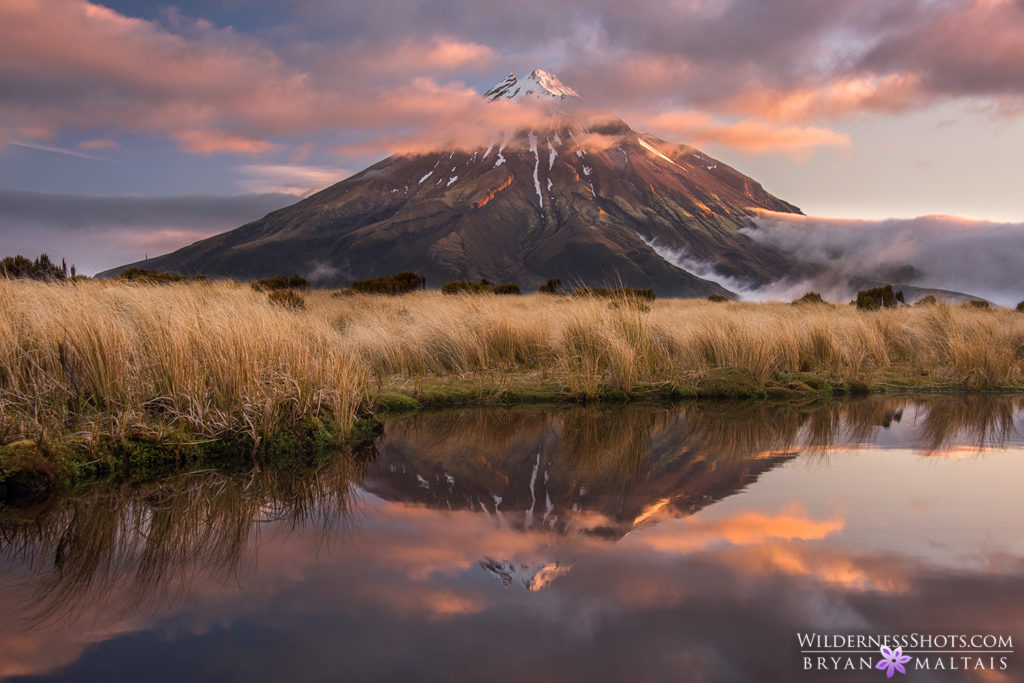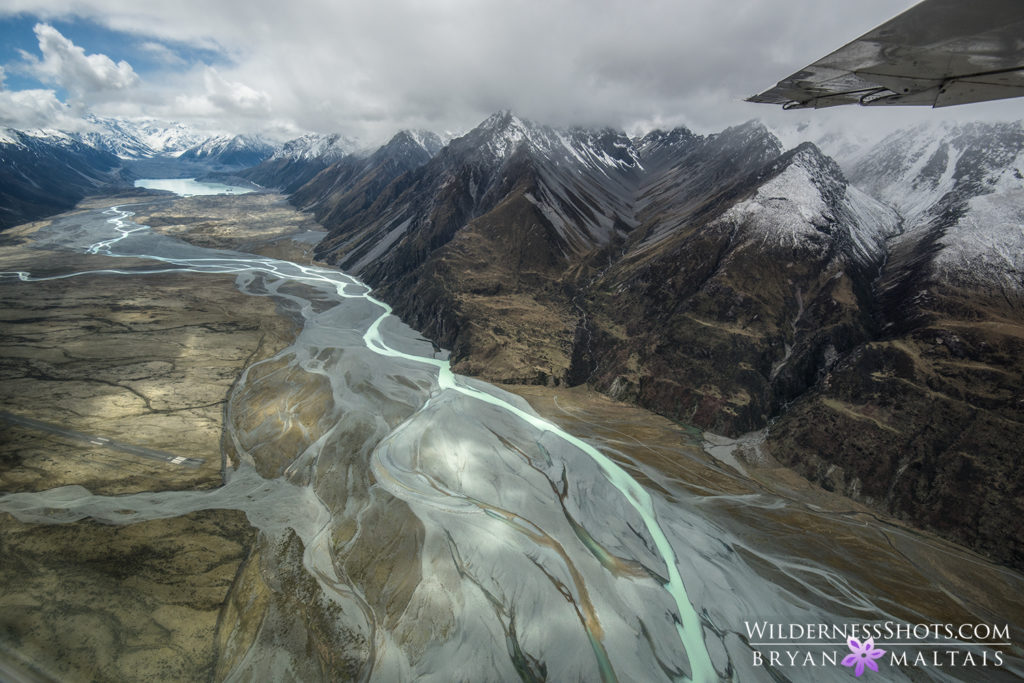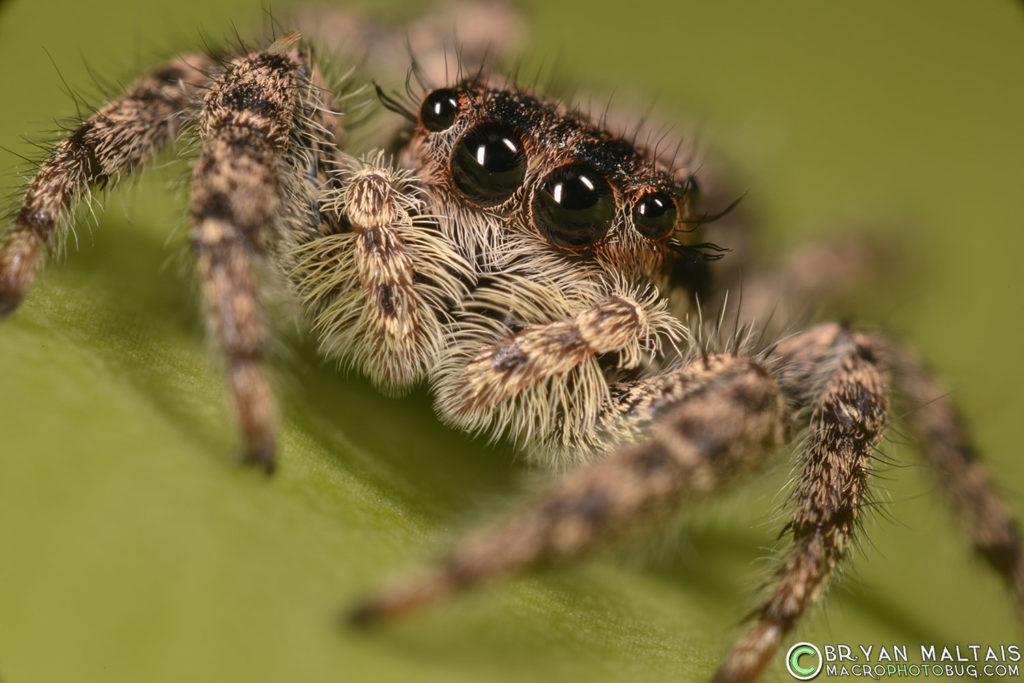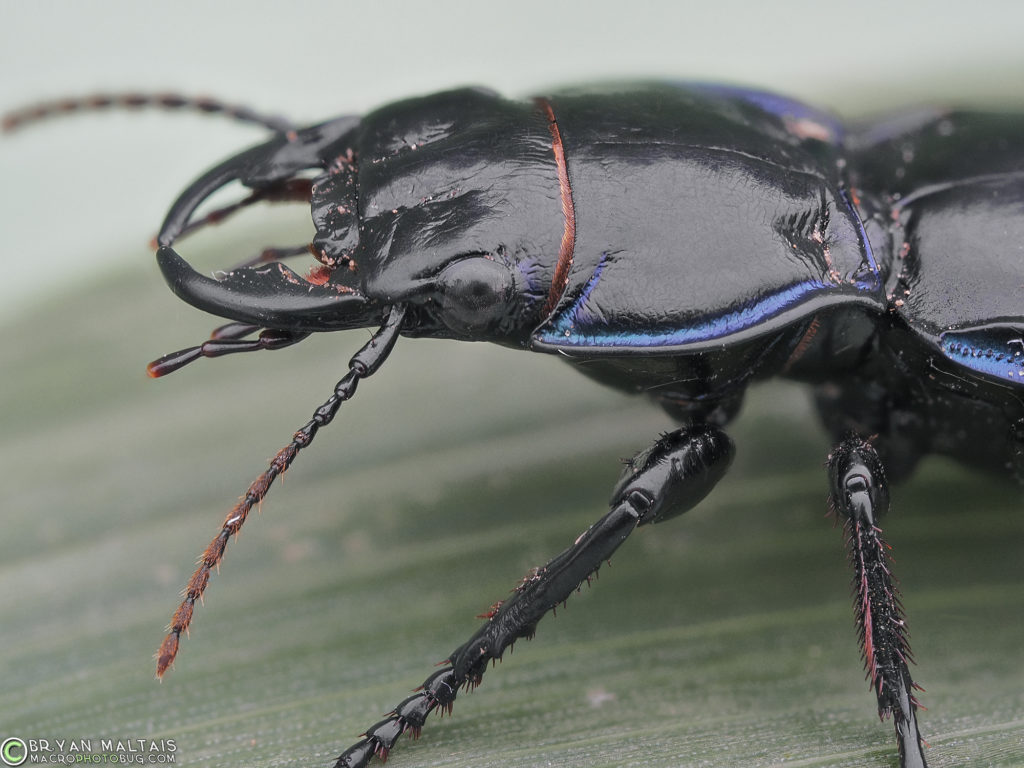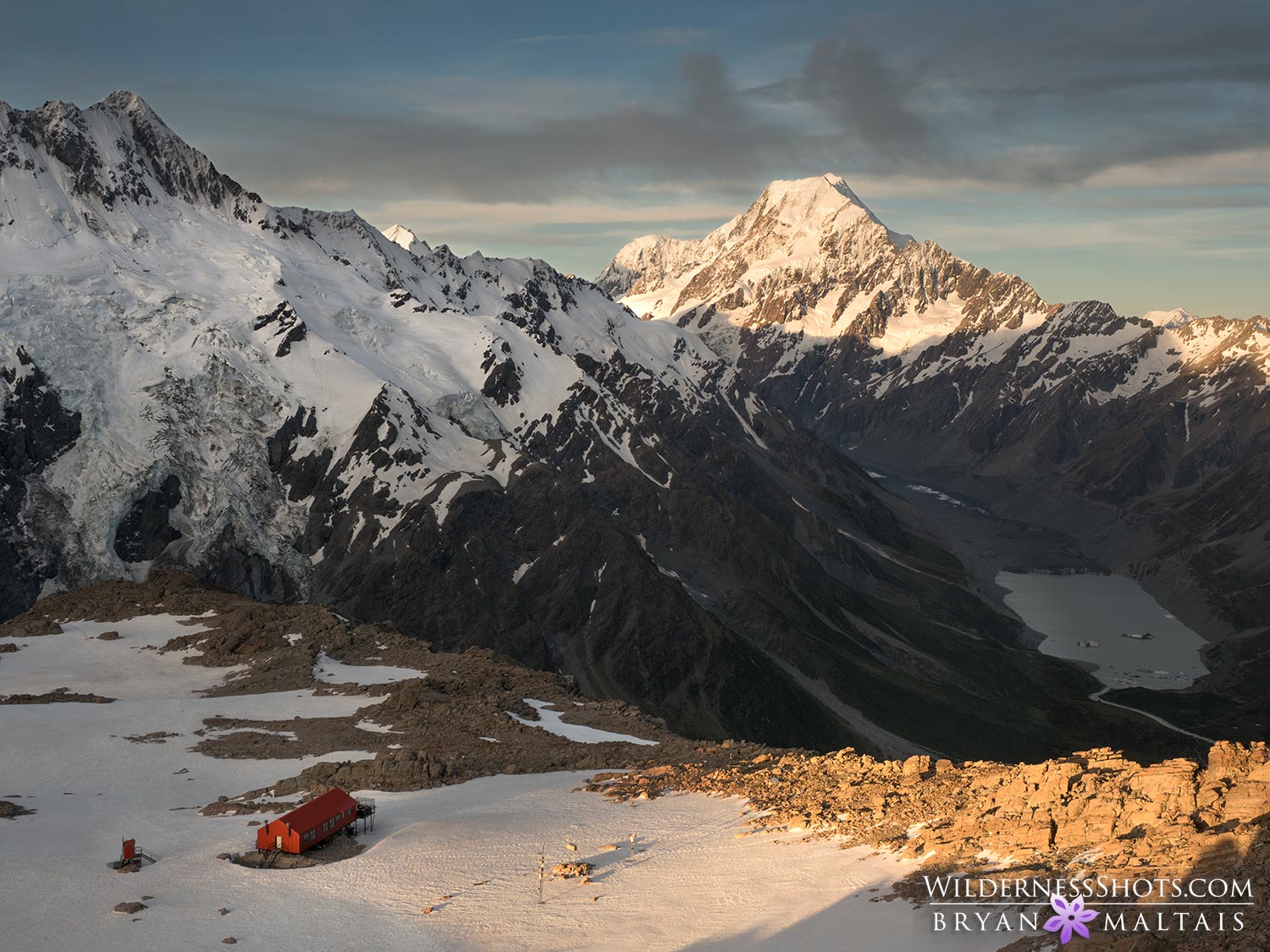
Above is a photo of New Zealand’s Mt. Cook on the right and Mt. Sefton on the left as seen from Mueller Hut. This was a short, but challenging climb from the valley below. The Mueller Hut hike was my last and favorite adventure during my trip to New Zealand. Mueller Hut is a rustic bunk house situated at 1800 m. Here it was crammed full of tired but happy backpackers.
Of all the bewildering places I’ve gotten to see and photograph, you might think it’s a little odd that my own humble backyard would make my list of favorites. Maybe I’m just biased, and come to think of it, I sneak a picture of my backyard in every year. In any case, this scene after a fresh snow in early January at sunset was just as tranquil as it looks. No animals have even had a chance to make tracks in it yet.
March is when the Milky Way becomes visable at night again in the northern hemisphere. I made a few trips to remote areas including Arches and the San Luis Valley to capture it. The photo below is at Delicate Arch at 4:23 am. The Milky Way had just risen, and it would soon disappear at sunrise. The photographer in the foreground let me know that he needed to make some quick adjustments, and used his red beam to preserve night vision. My plan was to light paint the foreground, but in the meantime I figured I’d make a test shot of the Milky Way to check my exposure while he fiddled with his gear. This shot turned into a keeper because I really liked the effect of his red light sweeping across the rocks during the 15 sec exposure.
2016 was a very different year for photography for me. By Summer I would normally have several backcountry photography trips under my belt and a slew of new portfolio shots to show for it. But I found myself exploring other types of photography and getting back to my roots as a biological photographer instead, which I’ll explain below. Worried that I was letting my landscape portfolio slip, I made sure to make my annual wildflower pilgrimage to Crested Butte in July. Crested Butte and its almost supernatural abundance of wildflowers never fails to disappoint, and the shot below is my favorite from that trip.
I visited Arizona during the Monsoon season in mid July. I didn’t actually go to shoot landscapes, instead I went to photograph Rattlesnakes. However, Arizona proved to offer some striking landscape compositions that were vastly different from what I’m used to in Colorado. After driving for hours through desert mountains I came across this dam. I knew this already powerful composition would be very dramatic with star trails, so I shout a 60 minute sequence. This was the first star trail that I’ve ever shot.
I’ve always been a military aviation buff so while in Tucson I visited the famous “Boneyard” or Aerospace Maintenance and Regeneration Group (AMARG) where 4,000 aircraft lay in storage to be used for spare parts, or reactivated if need be. As an active Air Force base, you can’t walk through, but are given a guided tour on a coach where you must photograph through tinted windows. Though I’m not a big fan of photos that are obvious HDR, their dreamy appearance does occasionally appeal to me for the right subject like the vintage aircraft below.
The monsoons around Tucson made for constantly dramatic skies. Cumulonimbus clouds would form and surge though like freight trains, dumping a deluge of flood water in the desert. At sunset if the sun wasn’t blocked by one to the west, and good clouds were positioned in the east, the photo below is the result.
My most prized photo from my trip to Arizona was of this Black-tailed Rattlesnake.
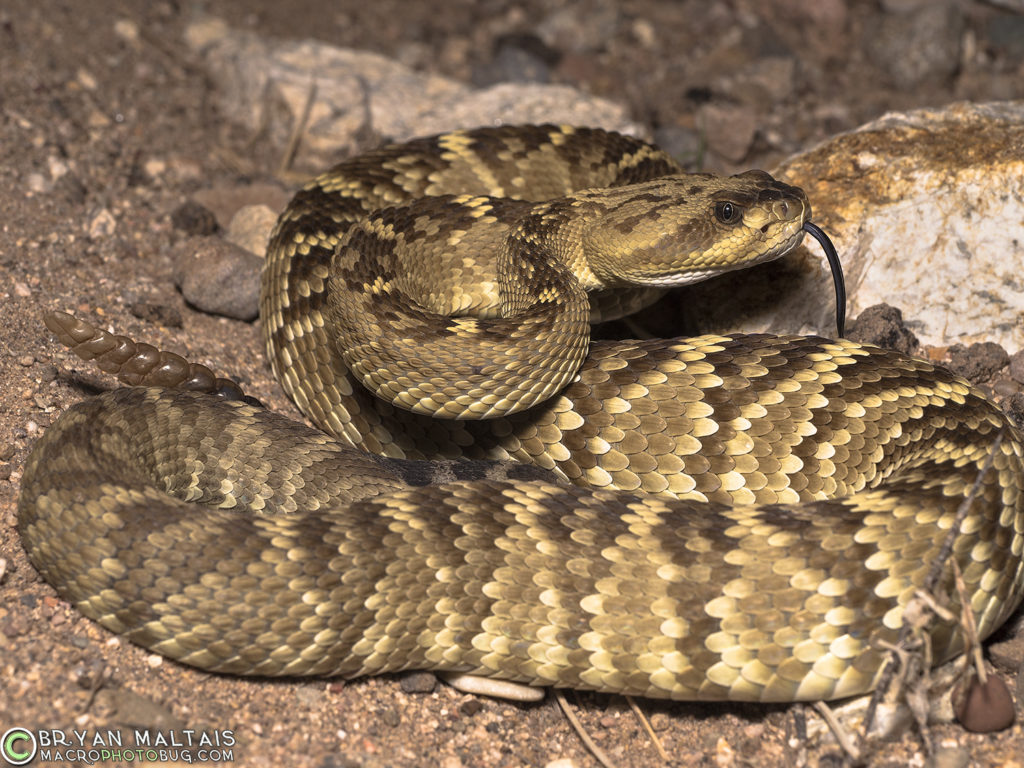
In late 2016 one of my dreams of being able to spend a few months in New Zealand to shoot landscape photography happened. I owe it to my Dad who passed away, and a lot of people who were patient with me leaving my obligations for a while. The photo below is of Mt. Cook with dramatic Lenticular clouds at sunset. Mt. Cook might be my favorite mountain on Earth to photograph. I spent a week at Mt. Cook hiking up the valley every evening hoping for the perpetual clouds that shrouded the peak to finally lift. On this evening, a bank of low hanging clouds that blocked the mountains burned off and revealed these shocking red Lenticulars.
I couldn’t wait to shoot astrophotography in New Zealand’s famously dark skies when I arrived in early October. At that time the Milky Way’s galactic core is still in prime view at night. However, it was cloudy nearly every night, and by the time late November rolled around the days were too long to capture the core. Star trails became my only opportunity to shoot astro, but the challenge then was to find a beautiful foreground that faces north and could be lit by either light painting, or the moon. Why must it face north? Because down south you have to aim your camera due south to capture round star trails. Late one night after I’d been driving for a while I was looking for a place to camp. I pulled down a gravel road along a river that lead me right to this field of Lupines. A bright half moon beautifully illuminated the Lupines with no light painting required.
While on the North Island I most wanted to shoot Mt. Egmont (Taranaki). Much like Mt. Cook, the mountain was shrouded in low clouds for days before I was able to shoot it. I made several hikes up to the point in the photo below before the clouds cooperated. But even on this evening I ascended up into the clouds and couldn’t tell where the hidden mountain stood. After a few hours it started to get dark, and I assumed that sunset had long since past. Just as I had packed up and hiked a fair way down the trail, the cloud that I was standing in rapidly disappeared. There stood Egmont behind me like Godzilla, so I sprinted back to this tarn. All off the color in the sky disappeared right after I took this shot.
I’ve always been fascinated by the unseen macroverse teaming at our feet so I committed to learning super macro photography this year. While normal macro photography uses a regular 1x macro lens, super macro photography requires more extensive equipment and technique to achieve between 2-5x magnification. Typically this involves reverse mounted wide angle lenses, extension tubes, and magnifying adapter lenses. To achieve extreme depth of field I use focus stacking. In focus stacking I take between 30-100 photos of an insect that must hold completely still throughout the photo sequence, where I adjust the point of focus forward a tiny increment for each photo. Software them detects the in-focus parts of each photo and blends them into a completely sharp composite image. Super macro photography is by far the most technically exhaustive photography that I’ve done. I tried to photograph every insect that I found throughout the year and was able to capture enough portfolio shots to begin my macro website www.macrophotobug.com.
This Platycryptus Jumping Spider that I found in my house in February served as my very first super macro model. She remained completely motionless long enough for me to take 4 stacked shots. For this shot I uses a reversed 24mm lens on a 36 mm extension tube with my Nikon D810 and flash.
This Mayfly is only an inch long, but the chiseled details that super macro photography revealed are startling.
With the naked eye I wouldn’t have discerned the blue fringes and mechanical-like appendages of this 1″ ground beetle.

